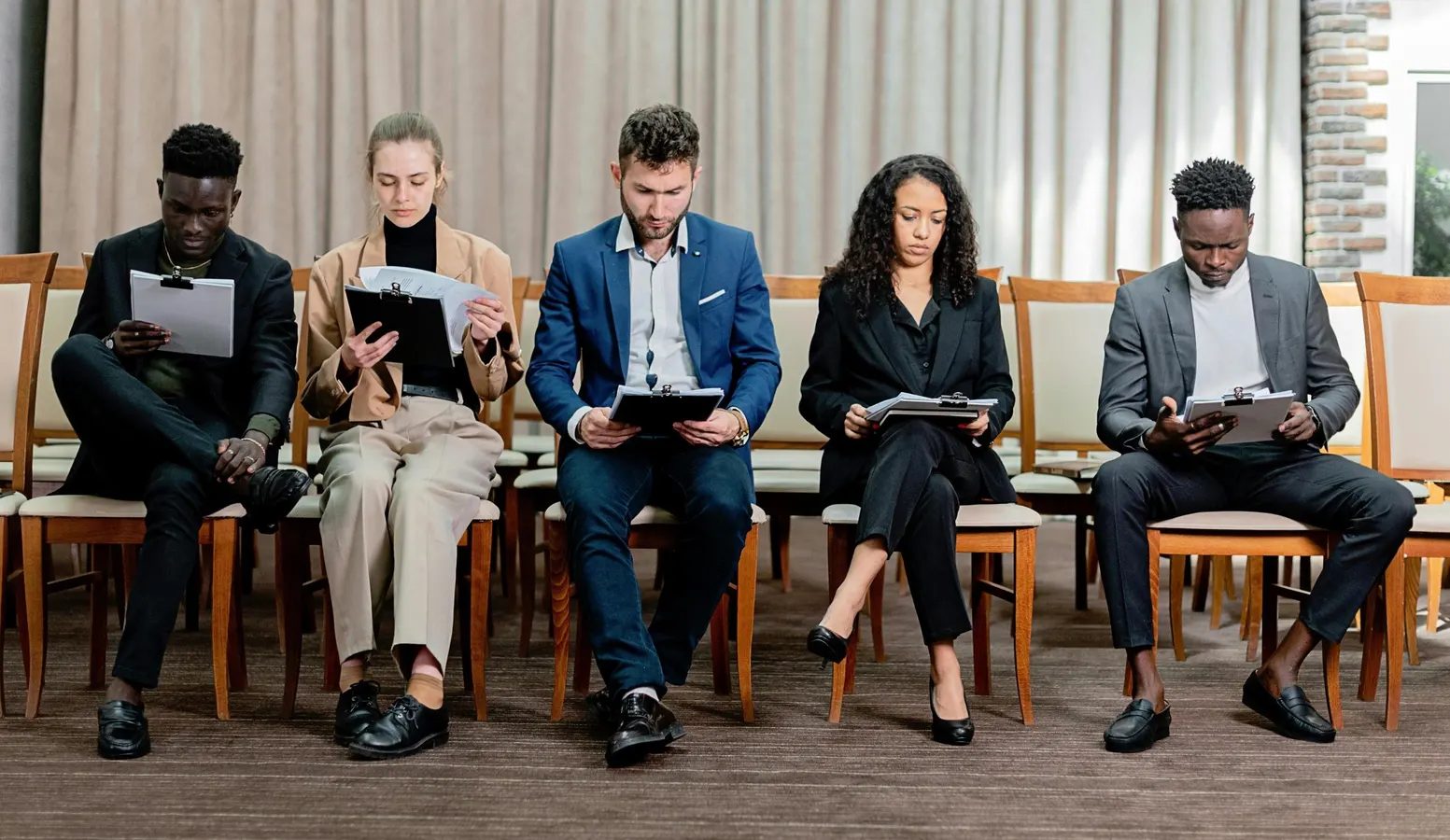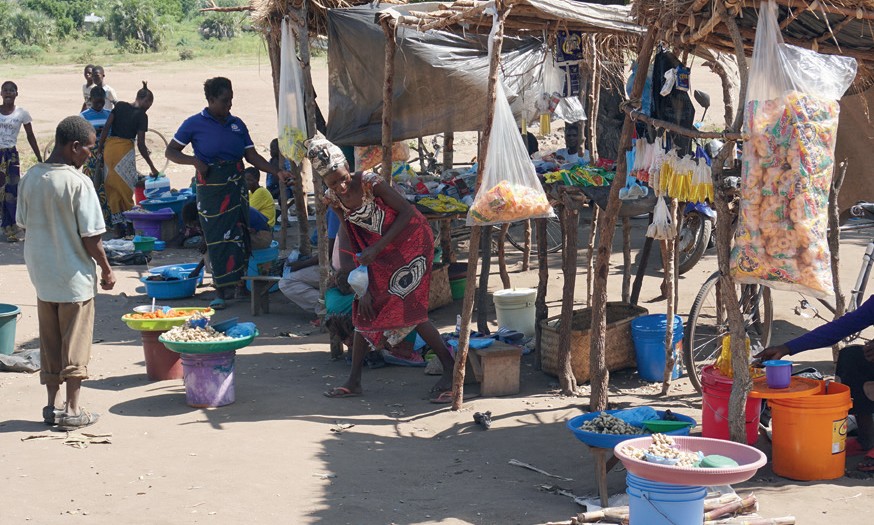Copyright Deadline

They could get Patrick Swayze to do it, or better yet — John Travolta. Back when Dancing With the Stars was nothing more than a glint in the eye of most ABC executives, the network’s current unscripted chief Rob Mills recalls how he “stupidly” suggested recruiting two of Hollywood’s biggest stars to don Danskins for the fledgling ballroom competition. “It’s like everything with these celebrity shows,” recalls Mills of his 2004 way of thinking. “You start with that vision of, ‘Oh my gosh, we’re going to get the biggest dancers, and can you imagine what the show’s going to be like?!’ It was so exciting. But then of course, yeah, no. You think they’re going to take time off from making films to do a live dance competition and be judged every week? That’s not happening. And then I think the worry was, ‘Well, gosh, how do you cast something?’” The struggle was real. “There weren’t a lot of celebrity-based shows except dog-eat-dog kind of ones. You remember those?” admits executive producer Deena Katz. “The whole thing of being on a celebrity show felt like careers in the toilet when it started.” In that sense, some things haven’t changed since ABC first bought the pitch from BBC 20 years ago that was a celebrity reboot of the UK’s old Come Dancing ballroom competition series. “We still have people coming on with their management while saying things like, ‘Oh, I dunno if you should do that,'” says executive producer Conrad Green. “There is still that lingering perception with some people. But I think most in the industry now are a lot smarter to how good it can be for your career, being on the show.” That has been one of the defining achievements of Dancing With the Stars, which will celebrate its 20th anniversary tonight with a special twist and lots of familiar faces (welcome back, Tom Bergeron!) from seasons past. DWTS never really needed a cadre of fancy twinkle toes like Channing Tatum and Zoe Saldaña to become a buzzy hit that continues to resonate today. Look no further than this season’s Andy Richter, the 59-year-old former sidekick of Conan O’Brien who’s now in the quarterfinals for the Mirror Ball Trophy. Richter hasn’t exactly been cracking the zeitgeist since his most recent run on TBS’ Conan ended in 2021, but that changed the minute he slipped on his first sequined shirt. Richter’s aw-shucks demeanor and refreshing vulnerability has made him a favorite among viewers, especially those who consume most of their DWTS content on TikTok. As a result, Richter has outlasted a staggering number of contenders who know how to move including Fifth Harmony’s Lauren Jauregui, The Secret Lives of Mormon Wives’ Jen Affleck, and the polarizing (but no less talented) Hilaria Baldwin. “What’s interesting is that bigger names don’t necessarily mean they will last as long,” says Katz. “What our show is brilliant about is you get 12, 13, 14 people who you might know. Some of them you probably haven’t heard of. And then you end up falling in love with ones that you didn’t know. I always ask everyone, just take a beat when we make this cast announcement. You’ll understand once you start watching the show, who all these people are and why they’re here.” Below, Mills, together with Katz, Green and BBC Studios President of Unscripted TV Ryan O’Dowd, reflect on the show’s evolution when it comes to picking the best celebrity hoofers, and how their changing strategy has helped usher in a new generation of fringe lovers. DEADLINE: Has your view toward talent changed over the years? DEENA KATZ: Talent has evolved, so our opinion has had to evolve. Back in Season 1, we had a boy bander, an athlete. And what we had as a celebrity was so far out, like Trista Sutter. She was the first Bachelorette. That was strange for anyone because there weren’t those unscripted stars back then. There weren’t internet stars. There weren’t content stars. There wasn’t social media. CONRAD GREEN: Putting it in context, when the first season came out, the iPhone didn’t exist. Twitter didn’t come along until Season 8 or something, literally. So social media and everything has happened since we’ve been on air, and obviously there’s been quite a profound change, not only in the way that people watch TV shows, but what a celebrity is now. If you look at this season’s Alix Earle, she’s almost a bigger star to 18- to 35-year-old women than almost anyone we could have put in that spot, instead. When you look at all the different constituencies who can watch this show, I think the show must live where current celebrity and current public interest lies. That’s what determines what a star is. We were much more old school back in the first season. DEADLINE: What has it been like for you when you hear criticism that your stars were, say, C-level at best? KATZ: It crushes my soul. It really does. I don’t think it’s fair. I hate all those terminologies, that we only have people who need to come back or don’t have a career anymore. We’ve always tried to balance nostalgia with currency. I think we do a better job of it now. It’s great to get a Barry Williams, who everybody loves. I think that it’s always easier to make fun of someone than look and see how real they are. GREEN: Also, I feel like the people who are saying that probably aren’t watching the show. And the truth is, we’re not making the show for those people. If you’ve got Brad Pitt and Margot Robbie and massive movie stars, of course they would be great in the mix. But I’ll tell you what, it probably wouldn’t be as good of a show. You want those people to be really engaged and excited about learning new things. Sometimes those big stars are really over-scrutinized. We make the show for people who understand and enjoy watching. You must filter out the snarky people. DEADLINE: You certainly struck gold with Andy Richter. KATZ: That was partially a dream for Conrad. This is the perfect casting that Conrad loves. I’ve worked with Andy before and he’s fantastic. I think he’s great because he brings in late-night television, and he’s funny, charming and willing. RELATED: ‘Dancing With The Stars’ Week 8: Even The Fan-Favorite Team Competition Can’t Prevent A Shocking Elimination On Rock & Roll Hall Of Fame Night GREEN: Deena’s often just a tiny step ahead, knowing exactly when to place people to get that balance. My hope is always with people like him is that they can somehow survive that early cull. Andy himself would admit he’s not the most talented dancer out of all the people on the cast, but what he gives is his absolute best effort every week. He brings lots of humor and art and storytelling to it. MILLS: The craziest thing to me is how much so many of the young people are excited for Andy. A lot of these young college-age girls are rooting for him, this father figure. DEADLINE: You’ve always tried to appeal to a younger crowd, but it really feels like something has changed in the last couple of years and you’ve really brought in the young viewers. Do you give TikTok all the credit? GREEN: It’s a huge part of it, but a lot of it is Deena’s casting. Again, it started during my first season back [in 2022, after running the show for 18 seasons from inception] when we got Charli D’Amelio, and then with people like Harry Jowsey. I think bringing in some new pros like Rylee Arnold and Ezra Sosa has helped people from that generation who live purely in the social media world understand it. Our show should be perfect for something like TikTok. It’s got dance moves and people like to copy dance moves. Ultimately, you must hope that what has happened has happened naturally, which is people have decided it’s their show and then everyone starts wanting to watch with their friends. KATZ: We’re seeing colleges and fraternities have viewing parties. My daughter sent me a TikTok the other day of this woman in New York who just left a viewing party. People are watching it together, but for the younger audience, I do think TikTok and social media is a huge part of it. There is so much that goes on during the week in social media, I think this younger generation felt like they needed to watch the show to understand what was going on. Once they did, they were like, “Oh wait, I really liked this show.” RELATED: ‘Dancing With The Stars’ Elaine Hendrix Shares Injury Update & Future In ABC Competition RYAN O’DOWD: Friends of mine who have kids in college, and friends of mine who have daughters in high school are equally obsessed with the show. I recently brought my 8-year-old son and three of his best girl classmates from second grade to the show. They had never been, so they were shaking in awe of meeting pros like Emma Slater … their idols, honestly. They’ve watched every episode. They gave me feedback on every performance from every single week. Judge Bruno Tonioli came over, and my son asked to see his chest, because he’s seen it on TV so many times. But my point being, we have 8-year-olds who are obsessed with the show. MILLS: Once the young people start watching, they want to be part of what’s popular. Everybody wants to be in on something that feels trendy. And it’s crazy to say this, but that’s what Dancing With the Stars is right now. DEADLINE: There’s so much talk about the state of broadcast television. What does the success of Dancing With the Stars say about its future? MILLS: What we’ve learned now about broadcast TV is that live TV is important. That certainly is a compass for us going forward with Dancing With the Stars. We obviously need to fill the pipeline with scripted shows, which really helps build up the library for a streamer. But what’s been so gratifying is to see that simple truths about programming are still true. O’DOWD: The number of executives from rival broadcast networks I’ve heard from who reach out on a weekly basis …. They see the stories in Deadline, the Nielsen ratings, the social engagement. Every single outreach I’ve personally received has been congratulatory, of a celebratory tone and nature. It’s a good thing for the business. It’s the power of live television that we are seeing today, more so than in previous years. That’s what people are longing for — community, more than ever, and to be part of the conversation. It’s not to knock to shows that are pre-taped or on streaming, but this is an appointment-viewing show. DEADLINE: Is there a certain level of stress that comes with being a steward to one of broadcast TV’s most venerable institutions? Like, God forbid the show dies on your watch? O’DOWD: There are two ways to look at it. You can view it from a stressful standpoint, of course, and carry that burden. Or you can look at it as having an opportunity to be at the helm of something that has the potential to grow. I’d rather focus on the potential than the worst-case scenario, and luckily we’ve been able to grow. MILLS: There’s zero stress, just all pride and really, the knowledge that I’m not the first, but I also certainly will not be the last. This show will outlive me in this job. That, I can promise you.



